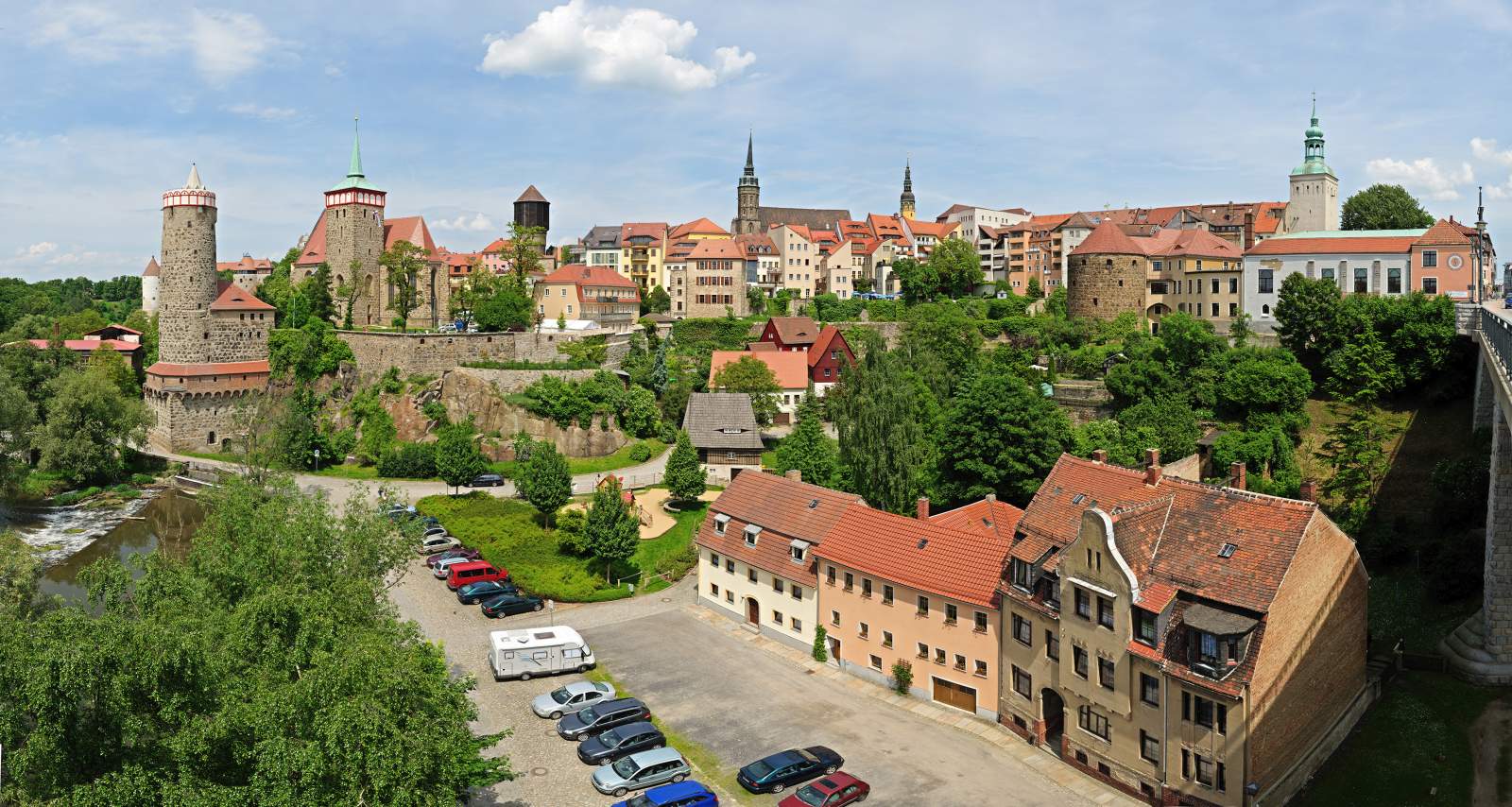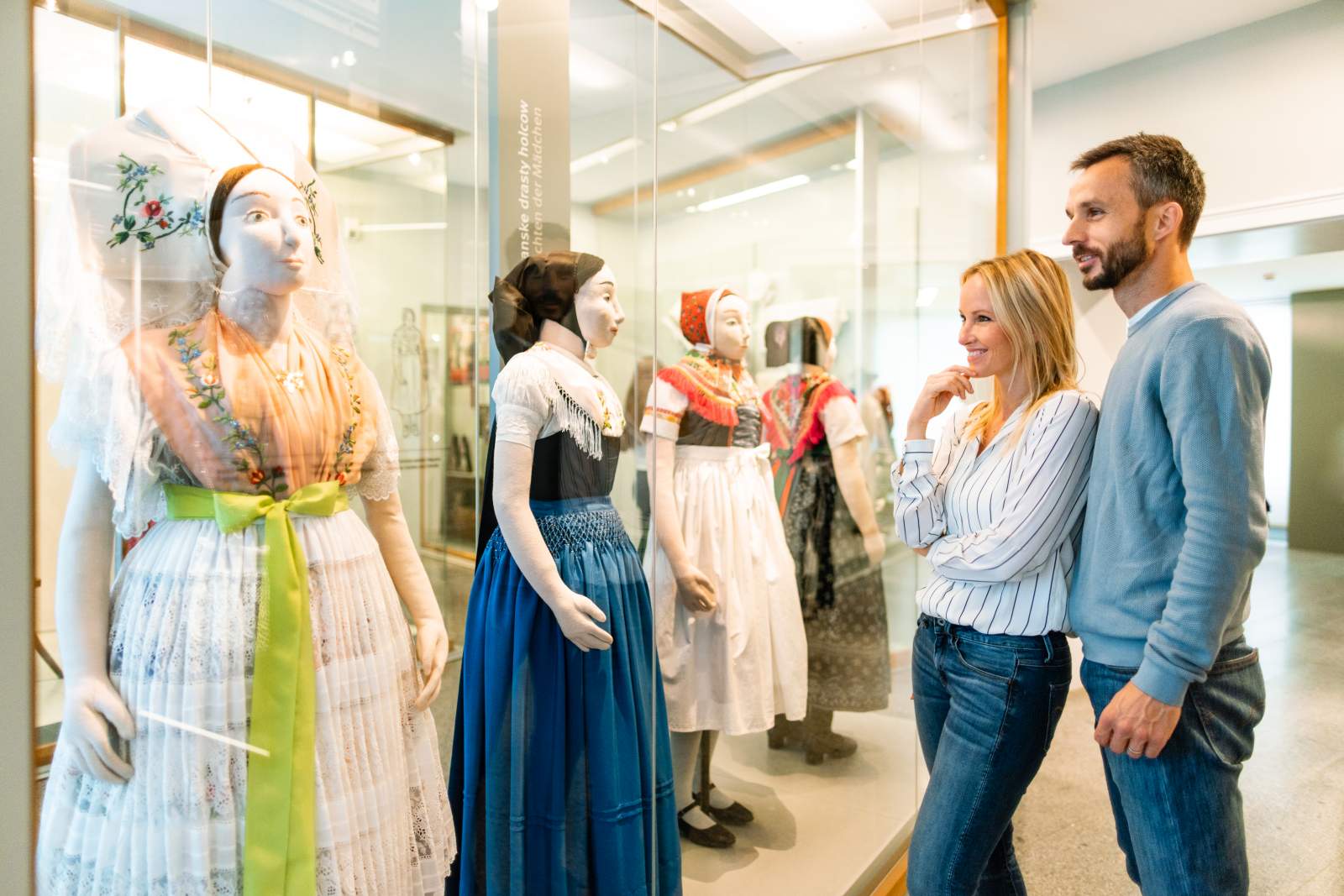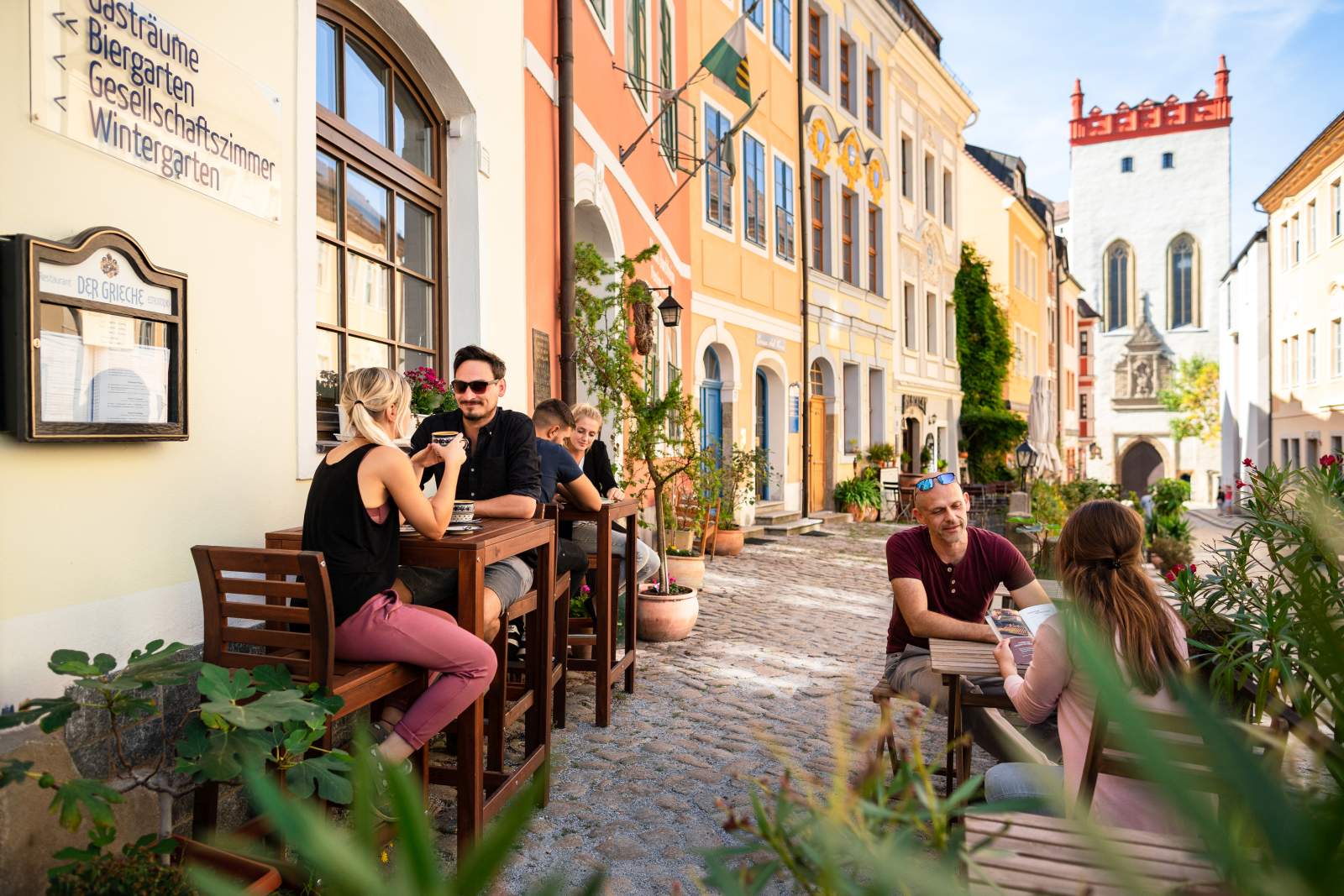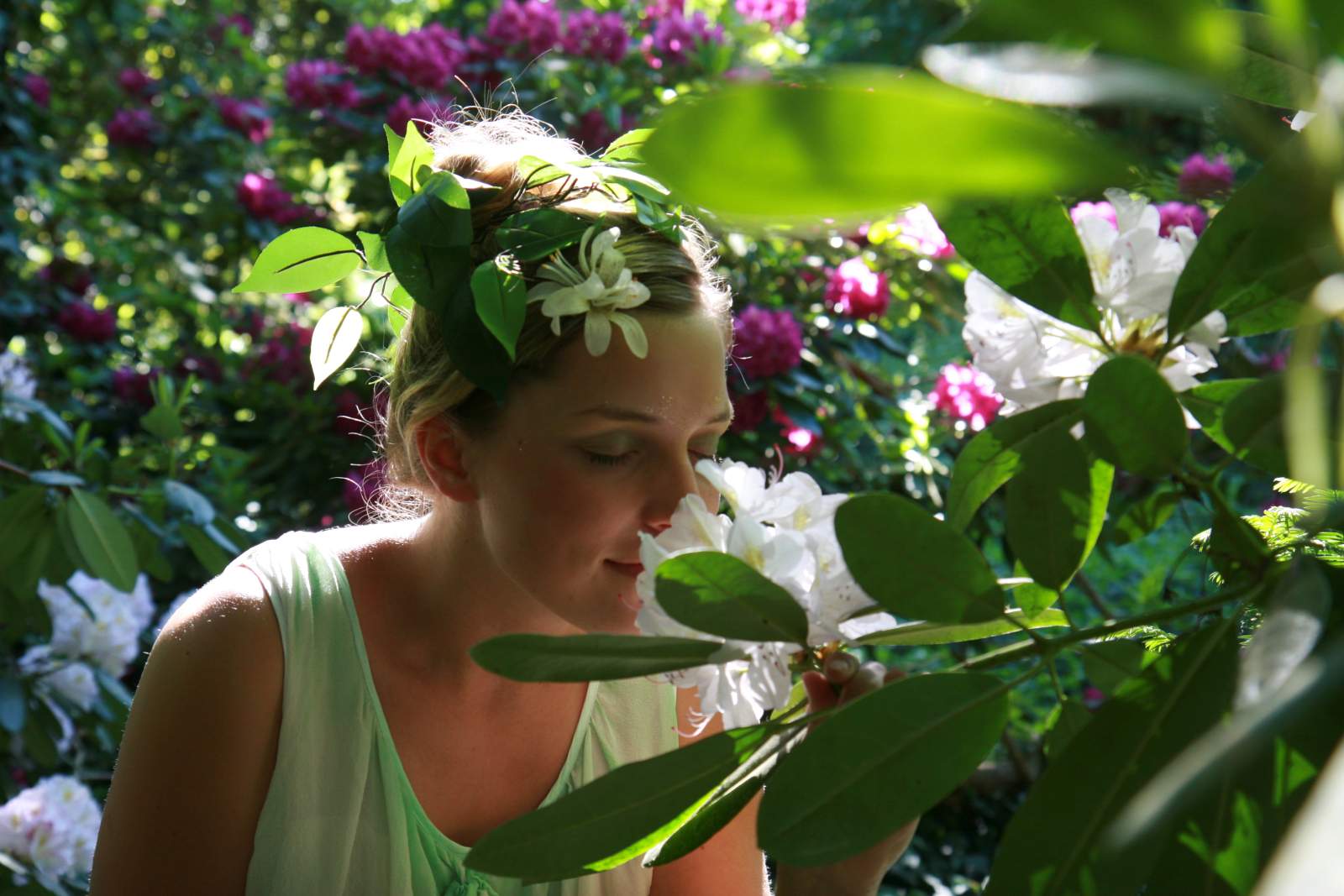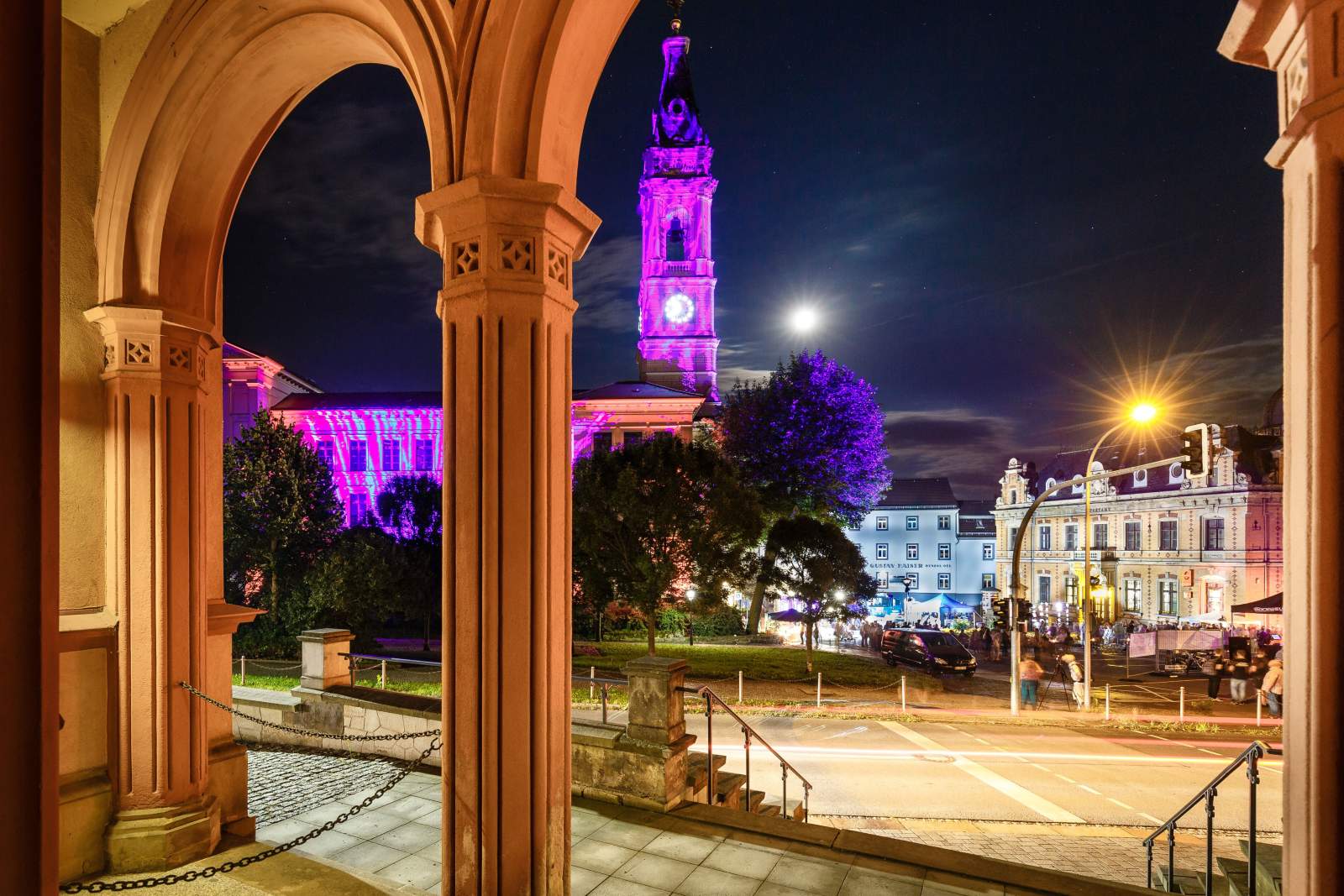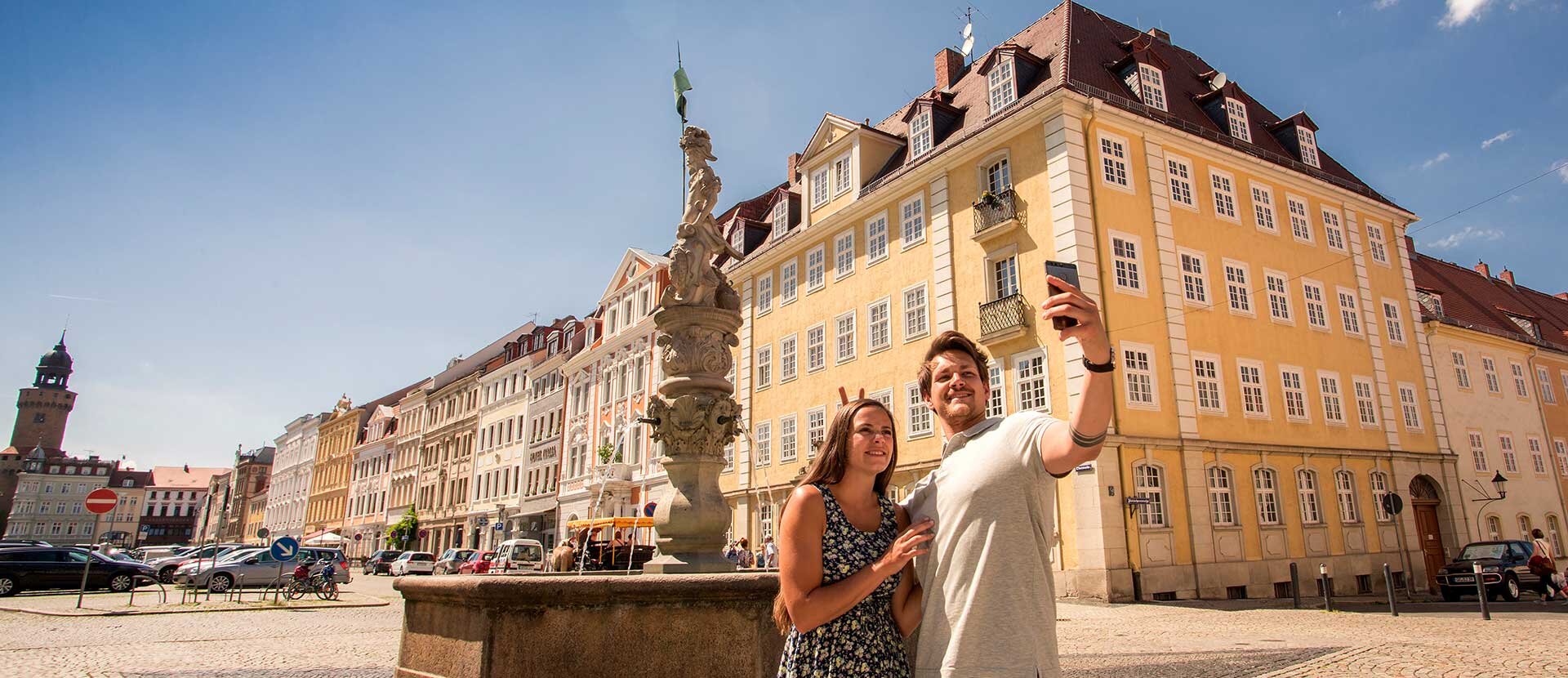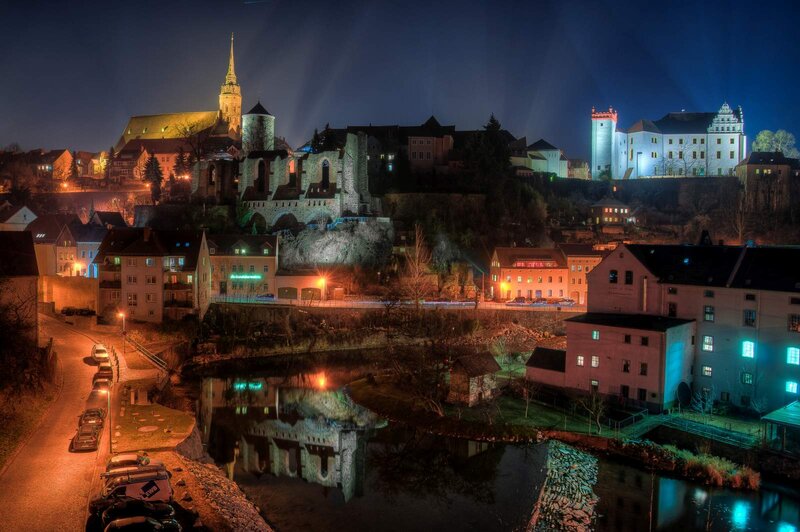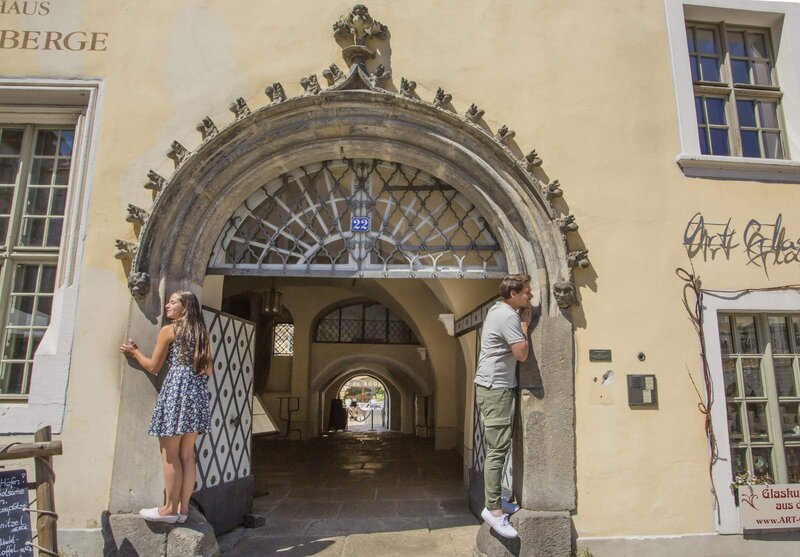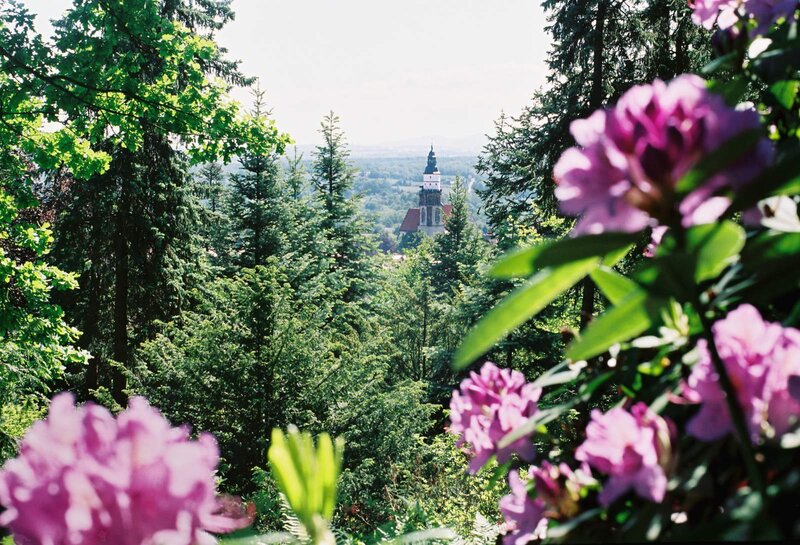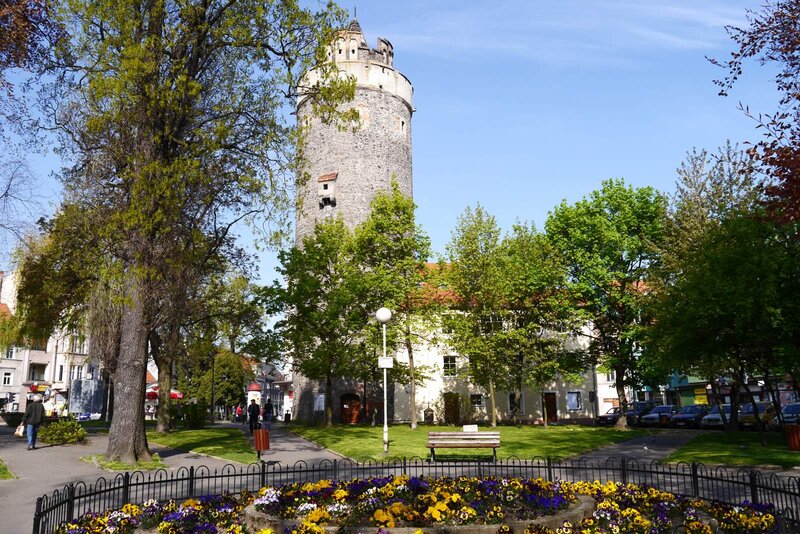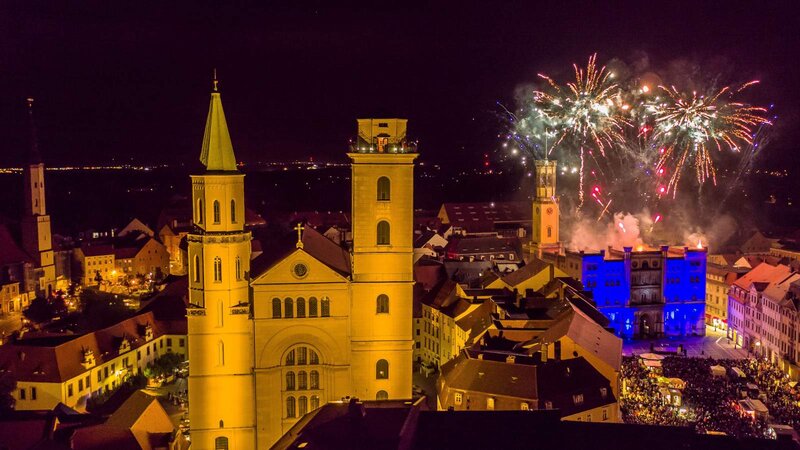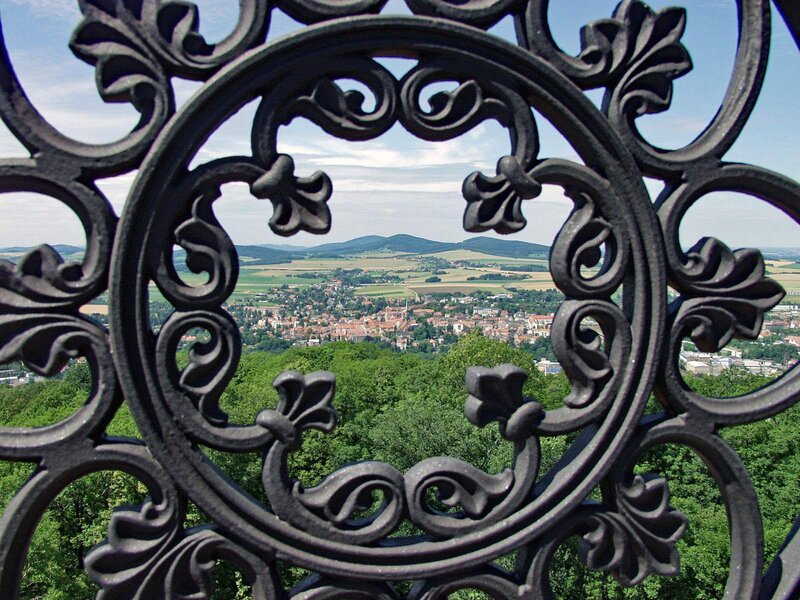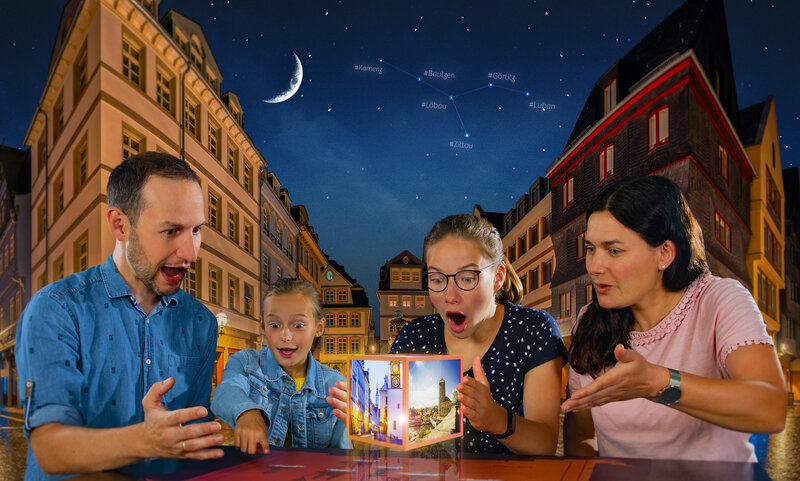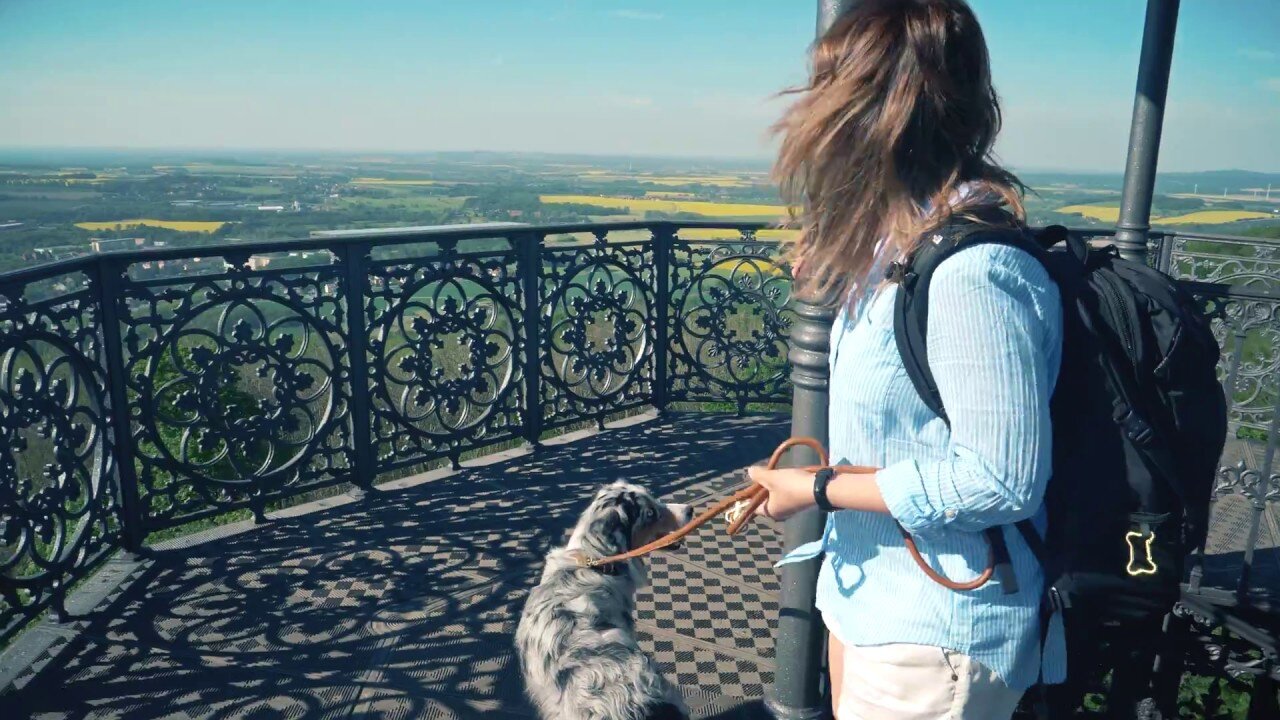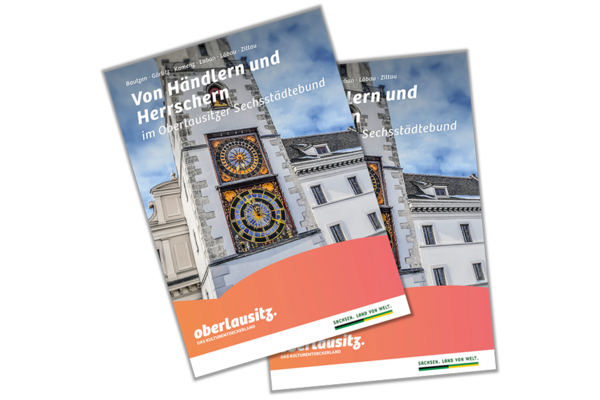Experience history and stories in historic cities
The Six Cities Alliance
The Upper Lusatian Union of Six Cities was founded in Löbau in 1346 as an assistance pact, and trade and handicrafts grew in importance. Emperor Charles IV recognized the alliance and thus strengthened the position of the cities against the landed gentry. Together the cities protected their trade routes and pronounced justice. The councilors met regularly at the convention, also to clarify contentious issues. The alliance lasted almost 500 years before it lost its importance.
The cities of the Upper Lusatian six-city union Bautzen, Görlitz, Kamenz, Löbau. Lubań (in Poland) and Zittau are today very special attractions for travelers from near and far. Magnificent town houses, proud churches and well-fortified fortifications bear witness to the era when the cities were united in the medieval alliance. The cities also provide the backdrop for a variety of cultural events. City festivals invite you to colorful programs. Traditional and modern plays are performed in halls and theaters and rousing concerts are given. From the international street theater festival “Via Thea” and the old town festival /Jakuby festival in Görlitz to the day of the open monument and the old town festival water! Art! Light! In Bautzen there are numerous small and large festivals in each of the six cities that should not be missed. During exciting city tours, the special features of each city are pointed out. Eventful stories are clearly communicated. Sacred treasures of European standing are impressively presented in imposing churches. Four of the German stations of the Via Sacra are located in the cities of the six-city league. Visits to museums of different orientations often bring aha-effects and new knowledge. The culinary offers in the inns are a must. The historical pavements in the old towns breathe history and invite you to travel back in time.
Have we piqued your interest?
Easter events, city festivals and Christmas markets in the cities of the Upper Lusatian Six-City Association are more than just an insider tip!
Your trip takes you to the cities of Bautzen, Görlitz, Kamenz, Löbau, Luban and Zittau. You are invited to experience the peculiarities of the cities and to discover the traces of the medieval six-city league. As the city of towers, Bautzen offers wonderful views - into the surrounding area and into the city itself. Görlitz, the city on the Neisse, is a complete urban work of art with over 4,000 architectural monuments from almost all styles. The connection to Zgorzelec, the Polish sister city, lives in everyday life and in cultural togetherness. Jakob Böhme, the theosophist, worked here. Kamenz also has big names, the city is the birthplace of Gotthold Ephraim Lessing. A trip to Löbau is also exciting. On the Löbauer Berg you can reward yourself with an ascent to the cast-iron tower. Lubań, now the Polish city in the Bund, invites you to visit the city and to go on excursions in the area. Zittau awaits you with the two Zittau Lenten towels, these were a sensation when they were found and are one of the 20 stations of the Via Sacra in the border triangle.
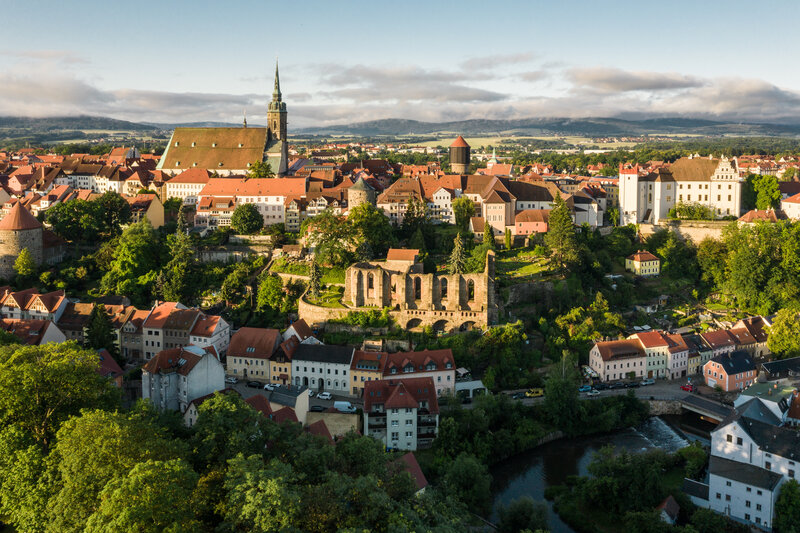
Round trip through 6 Upper Lusatian city pearls
Go on a "treasure hunt" on this trip and discover special "treasures" in the individual towns of the former Upper Lusatian Six Towns Confederation as you follow in the footsteps of historical events.
- Kamenz - here you will visit the Lessing Museum, dedicated to the town's most famous son.
- Bautzen - on a tour of the town with the "Türmerin" you will get to know the most important sights of the town.
- Lauban - a delicious Polish dinner awaits you here in the castle ambience of nearby Czocha Castle.
- Görlitz - take a tour of the old town on , and discover the historical buildings as well as one or two film sets.
- Zittau - your destination here is of course the famous Lenten cloths, medieval textile works of art of European standing.
- Löbau - on a tour of the town you will get to know the smallest of the historical towns in the Confederation.
questions and answers
Impressions from the Upper Lusatian Six Cities Association
Enjoy a visual journey through the discovery cities of Upper Lusatia, for your travel planning or to arouse your interest, we have put together a small selection.
